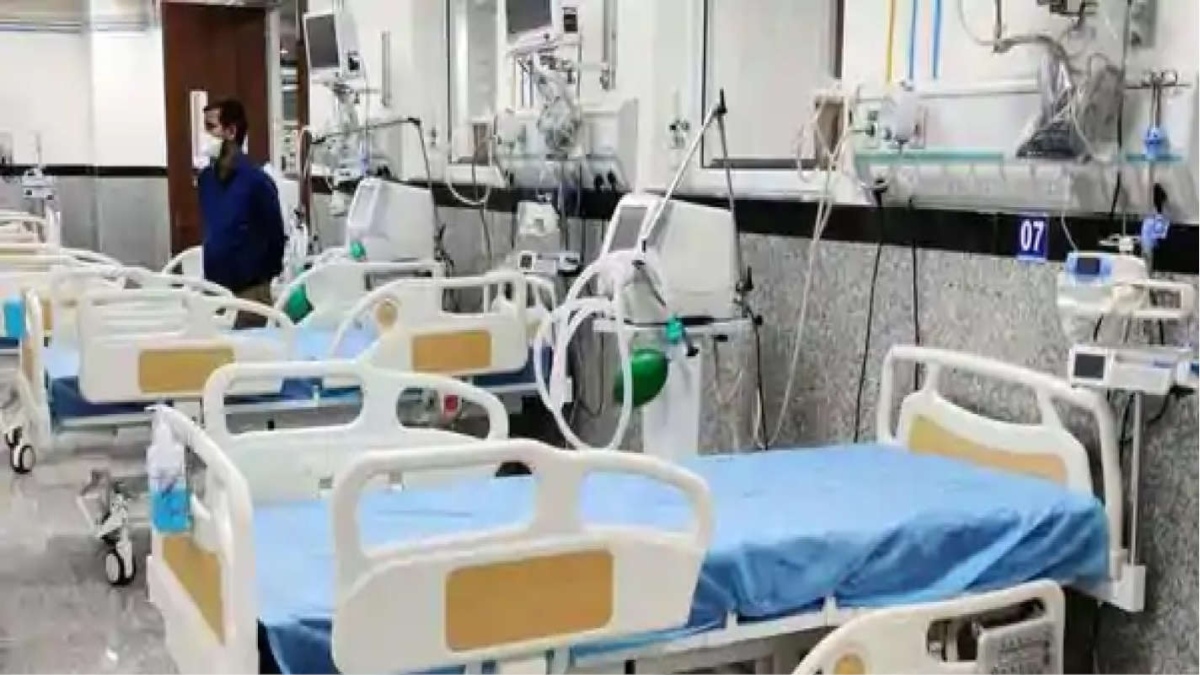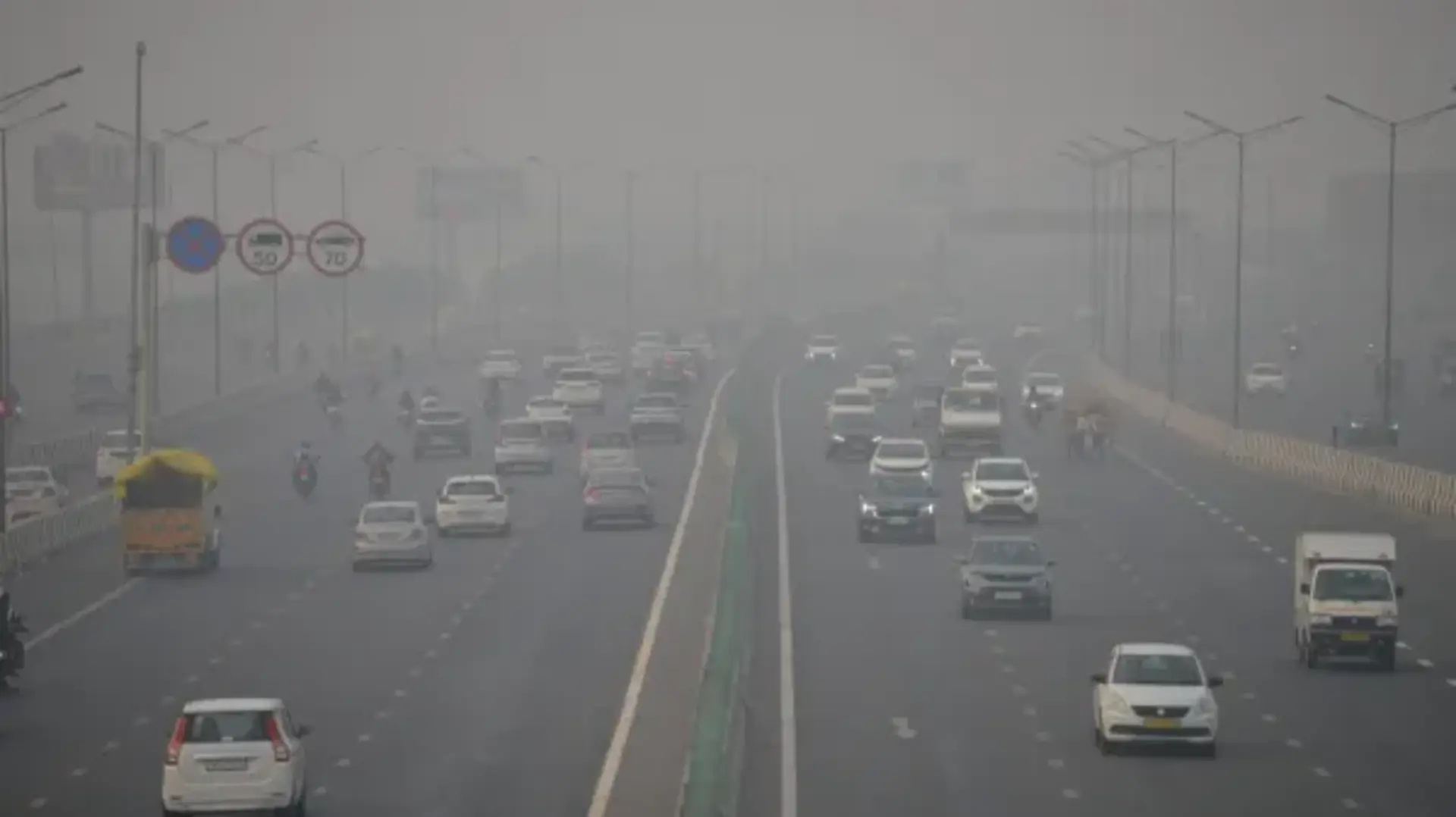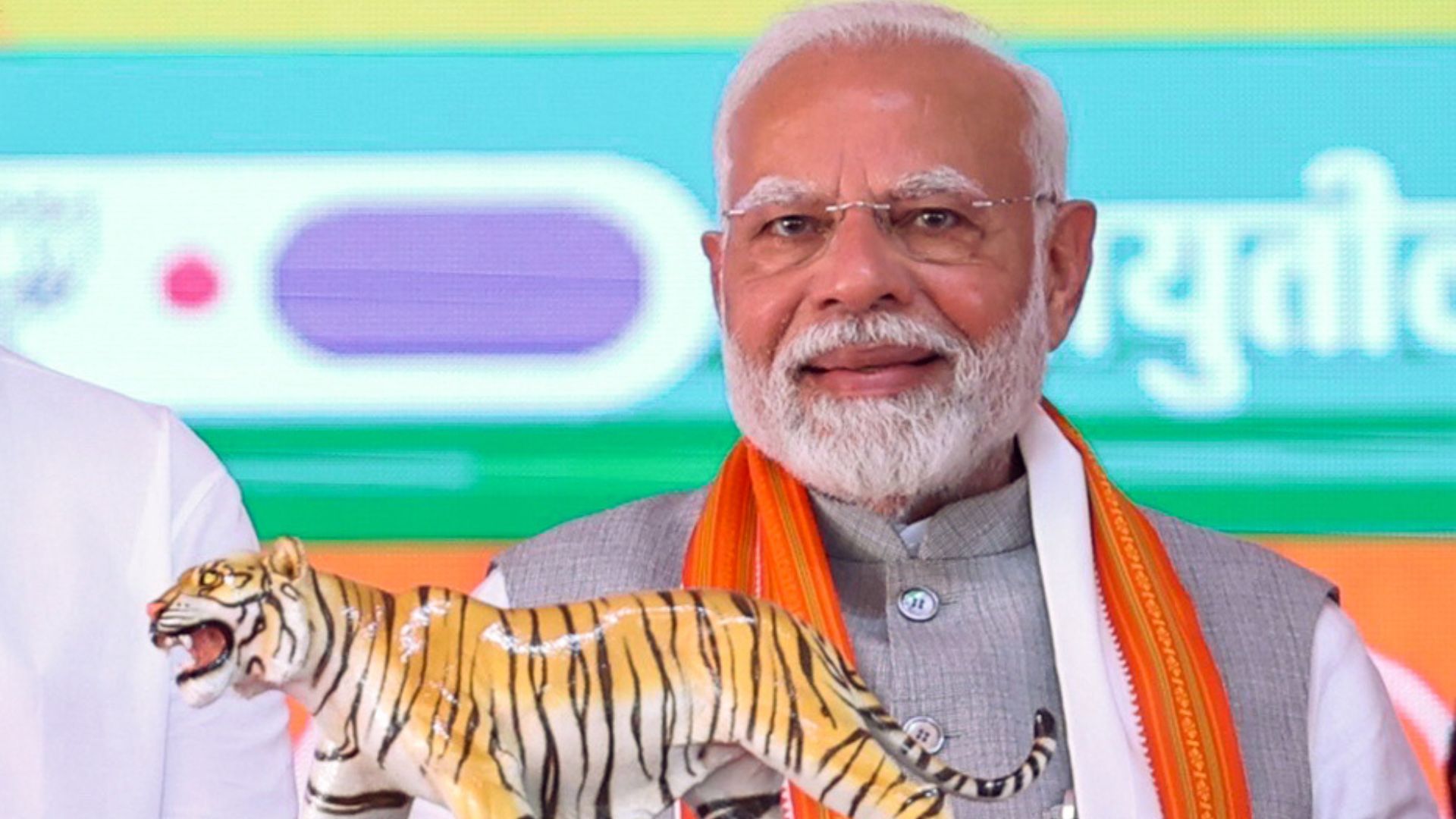
The National Health Policy note has the potential to change current healthcare perspectives for the better and help us envision a roadmap for providing comprehensive health tools, especially to underprivileged sections of the society. The policy note should hence comprehensively address the social, environmental and policy determinants of health.
Healthcare is often confused with medical care. Medical care is only a part of healthcare and comes into play whenever there is deviation from health. The holistic term ‘healthcare’ is about treating the underlying cause, not merely the symptomatic effect in the form of an illness or disorder. I firmly believe that a healthy society should have fewer illnesses and lesser hospitals and our overarching goal should be to ensure a healthy society. Healthcare initiatives should focus as much on addressing the social determinants of health as on providing medical care.
Notwithstanding the fact that we have, over the years, improved on key health indices like life expectancy and maternal and infant mortality rates, we do not yet have a credible and established healthcare system, unlike the developed countries which comprise only 20 percent of the world’s 200 countries. Most nations on the planet are too poor and too disorganized to provide mass medical care. The outcome of that is obvious: the rich get medical care, while the poor stay sick or die.
In India, general government expenditure on health as a percentage of total expenditure on health is only 18%; the remaining 82% is private expenditure. Moreover, most private spending is out-of-pocket at the point of service use, clearly an inefficient way to finance healthcare that perpetually leaves people highly vulnerable. In the World Health Report 2000, India had been ranked 112 out of 191 countries in terms of the quality of healthcare systems, much lower than our neighbours Sri Lanka, Indonesia and Bangladesh.
To strengthen our existing healthcare systems and build a healthier country, I suggest a ten-point strategy which I believe will help us swiftly and efficiently turn things around.
1. We must devise our own set of arrangements for meeting three basic goals of a healthcare system: keeping people healthy, promptly treating the sick, and protecting families against financial ruin emanating from mounting medical bills. The out-of-pocket model practiced in India is a big burden on the citizens of this country, unlike the efficient healthcare models practised in industrialized nations, such as the Beveridge model in the UK, the Bismarck model in France, or the National Health Insurance in Canada. These universal insurance programs are less expensive and entail lower administrative costs, as compared to the American-style for-profit insurance plans or India’s out-of-pocket model. It is estimated that more than three crore people fall below the poverty line each year due to out-of-pocket healthcare payments.
2. We must change the outlook of healthcare to emphasize on preventive health aspects. We must focus on minimizing diseases rather than increasing the number of doctors.
a) The present-day challenges posed by non-communicable diseases are largely an offshoot of poor lifestyles and habits such as rampant tobacco use which can be more effectively addressed through a preventive healthcare policy. The recent ban on gutka is a case in point. While we believe that a substance ban is not necessarily synonymous with eradication, it is no doubt an effective control measure. In addition, as recommended by the ICMR, it would be useful to declare cancer as a modifiable disease following the footsteps of more than 50 countries worldwide.
b) Communicable diseases can be tackled effectively through hygiene and sanitation measures. Tangible goals could be achieved towards these two broad aspects of health by working towards the effective implementation of hand wash awareness programs and making toilets available for each family (such as ECO sans toilets recommended in UNICEF projects which are not dependent on water supply).
3. Health is profoundly, and often adversely, affected by policies made in non-health sectors. These policies may arise from the decisions of various government ministries or from the workings of the international systems that govern trade, business relations and financial markets.
a) Prevention requires population-wide interventions that are largely outside the scope of health ministries and hence merits a ‘Health in all policies’ approach. For instance, public policies dealing with water and sanitation, education, social services, built and natural environments, agricultural and industrial production, trade, regulation, revenue collection and allocation of public resources have important ramifications for population health and health equity.
b) The strict enforcement of our national law on tobacco control, Cigarettes and Other Tobacco Products Act (COTPA), across the state is a good reflection of ‘Health in all policies’, wherein the assembly committee, a high powered committee under the Chief Secretary of State anti-tobacco cell collectively involved concerned departments to implement the law. This is a great example of a multi-sectoral approach towards law enforcement.
4. A Health Impact Assessment (HIA) must evaluate the health impacts of policies, plans and projects in diverse economic sectors using quantitative, qualitative, and participatory techniques. For instance, transport is a key factor in traffic injuries, air and noise pollution which could be reduced through “healthy transport policies” or control of fertilizers and pesticides in agriculture to reduce the chemical exposure of foods. Thus, impact assessment can help decision-makers make prudent choices among alternatives, and also bring about key improvements towards preventing disease/injury and actively promoting health.
5. We need to strengthen Primary Healthcare Centres (PHCs) by addressing the shortage of qualified and competent professionals in the healthcare delivery system, especially in rural India. This could be done by:
a) Taking a constructive view of the course on rural healthcare open to non-MBBS graduates and by countering various challenges dissuading MBBS doctors from working in the rural healthcare system.
b) Focusing on building a strong midwifery and nursing workforce to move away from a heavily doctor-centric system, thereby directly impacting maternal and child mortality rates. This initiative could be boosted by introducing short, tailored courses for these groups.
6. Strengthen the regulation and stewardship of the overall health system, especially the private sector that has been largely kept outside the purview of planning/regulation. An exclusive institute responsible for healthcare quality can be incepted under the Quality Council of India to ensure adherence to safe medical practices and seamless coordination across government agencies (municipal health bodies, state directorate, ESIS, Central Government agencies).
7. A significant portion (more than 70-75%) of out-of-pocket payments for healthcare is spent on medication. Promotion of the usage of generic drugs is an urgent task (not merely making them available but working with the government and, more importantly, the private sector, to ensure a positive approach by the doctor community towards the use of generics). At the same time, generic drug manufacturers must be made to strictly comply with good manufacturing practice guidelines.
8. The Department of AYUSH offers a wide range of preventive, promotive and curative treatments that are both cost effective and efficacious. Unfortunately, AYUSH avails of a mere 2% of the country’s total health budget, while 98% is incurred on western medicine.
a) At least one physician from the AYUSH system should be available in every Primary Health Centre, and vacancies caused by non-availability of allopathic personnel should be filled by inducting AYUSH physicians.
b) Specialist AYUSH treatment centres or wings should be introduced in rural hospitals, and a special AYUSH wing should be created in existing state and district level government hospitals to extend the benefits of these systems to the public.
c) Make AYUSH drugs available at all PHCs and district hospitals to improve the outreach of this modality of treatment. Special funding or incentives must be extended to the AYUSH drug industry to help it realize its potential and scope while strictly regulating quality measures.
d) Expenses on treatment taken in AYUSH hospitals should be recognized for reimbursement for government employees and insurance companies.
e) Measures to regulate the quality of education delivery in AYUSH medical colleges must be addressed on an immediate basis. These merit the inception of a stronger statutory regulatory body to exercise stringent quality control measures for infrastructure, academics, and research.
f) Integrate the various systems of medicine with AYUSH and complementary medicine to develop holistic and integrated schools of medicine. Medical curriculum should include a brief note on other systems of medicine and their potential to help them develop mutual respect and enhance the science and art of healing.
9. Promoting innovations with a “Create in India” mission such as BIRAC model which looks beyond imports from China and assembly thereof. This all-encompassing mission would call for integrating the health (doctors, paramedics) and non-health (engineering, designers, administrators and the like) ecosystems into a woven synergy, much earlier in the education pyramid.
10) Africa and Asia are home to nearly 90% of the world’s rural population. India has the largest rural population (893 million), followed by China (578 million). Given this backdrop, there is an acute need to revisit a number of government-initiated health insurance schemes exploring their integration, contents, and administration in an orderly manner. The best system is the one that covers healthcare for all individuals across the length and breadth of the country, from cradle to grave. Such a system will make preventive care attractive to healthcare providers from an investment perspective, thereby driving down costs and improving community health in the long term.
The GDP is a highly inadequate measure of societal well-being. Governments have long used these deficient yardsticks as a justification for policies. Consequently, many alternative indicators of welfare measurement have sprung up, with the Genuine Progress Indicator (GPI), Happy Planet Index, Human Development Index (HDI), Gross National Happiness Index, and the Index of Social Progress among the most widely known indices. The GPI, a credible measure of societal well-being factoring in as many as 26 components – including citizen health, environment, inequality, and quality of employment – makes a startling revelation: that despite a steady rise in GDP, India’s welfare has actually decreased since 1978.
The 8th World Happiness Report released in 2020 ranked India at the 144th position in a list of 150 countries, marking India’s rather embarrassing inclusion in the Bottom Ten group. Our glaring and steady decline in life evaluation scores since 2015 means that our annual score in 2019 is now 1.2 points lower than in 2015. The six parameters studied in this report were GDP per capita, social support, healthy life expectancy, freedom, generosity, and absence of corruption.
Last, but not the least, a word on the transformative power of technology and disruptive innovation. We are fast approaching an epoch-making era where machines will assist, accelerate, and augment human healing. Whether we like it or not, they are here to stay. How we use them will decide the future of technology.
While we strengthen the ‘groundshot’ towards achieving accessible health, we must also pursue the ‘moonshot’ towards scaling new highs in precision and personalized medicine. We must synergise medicine with disruptive technologies like Big Data and AI as an integral part of our health goals, without replacing natural stupidity which is critical to our emotional wellbeing, happiness, and contentment.















